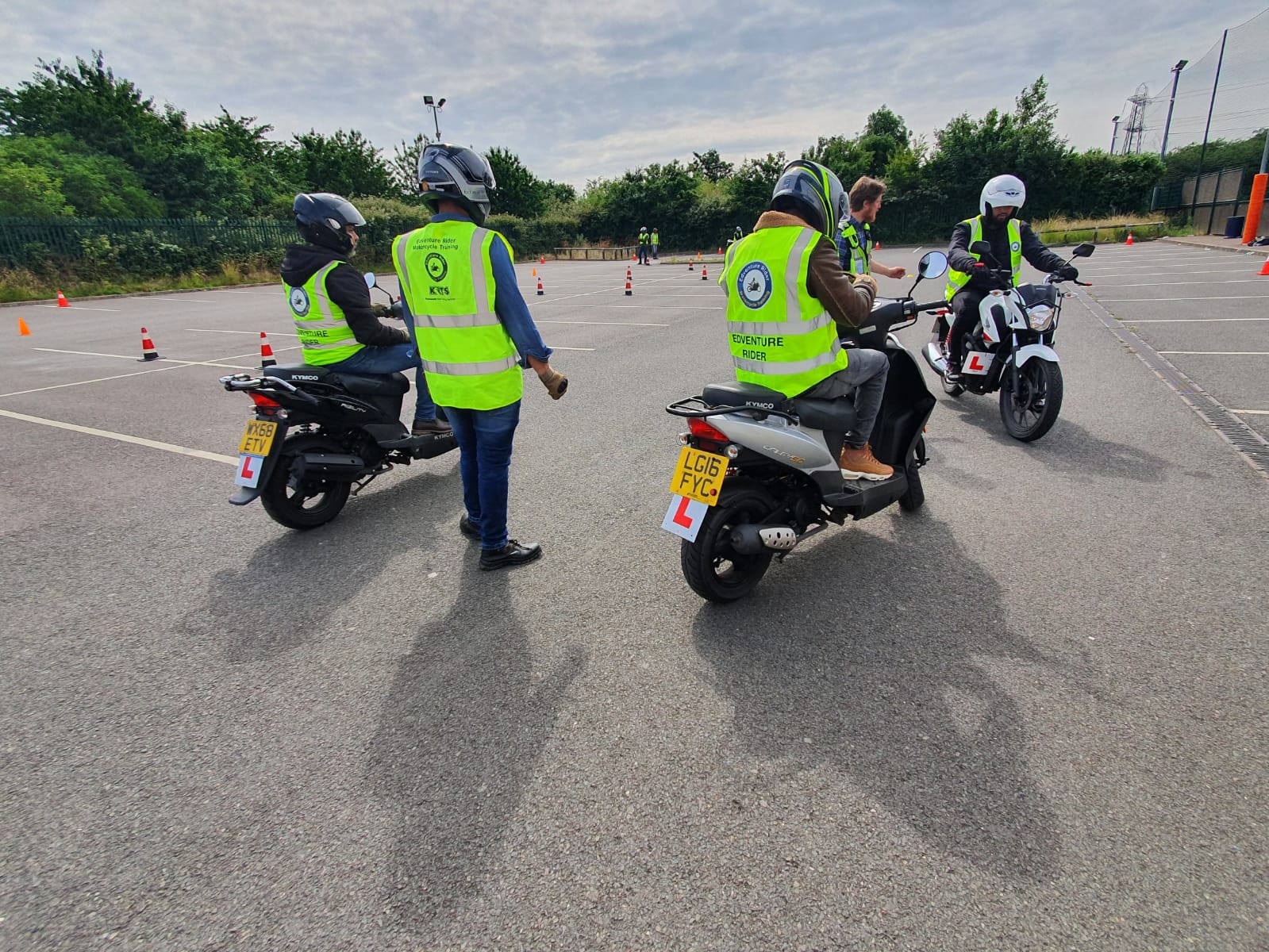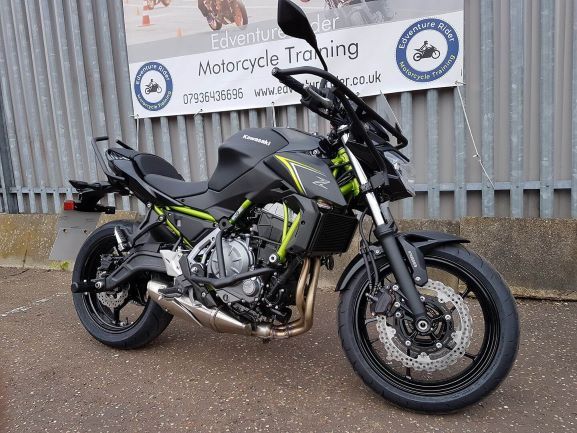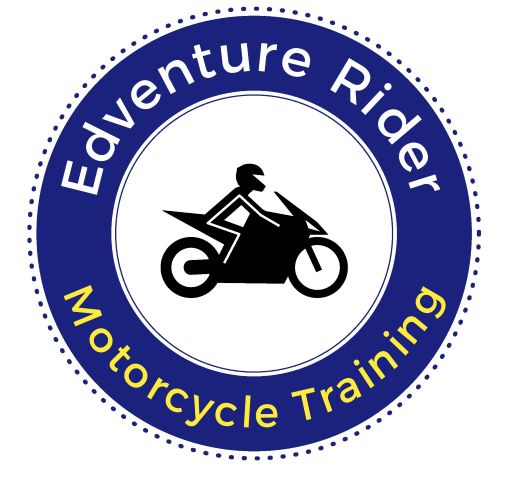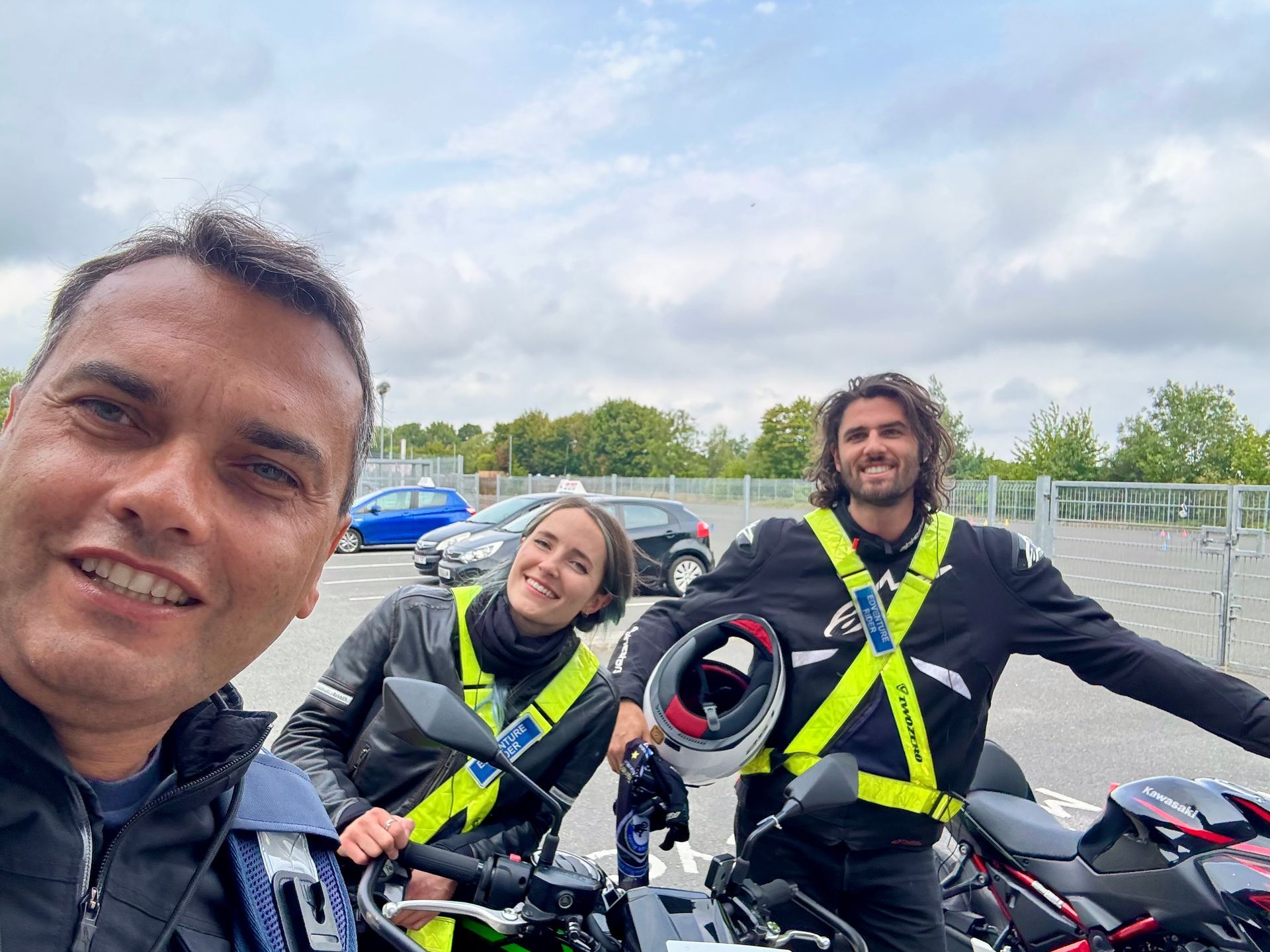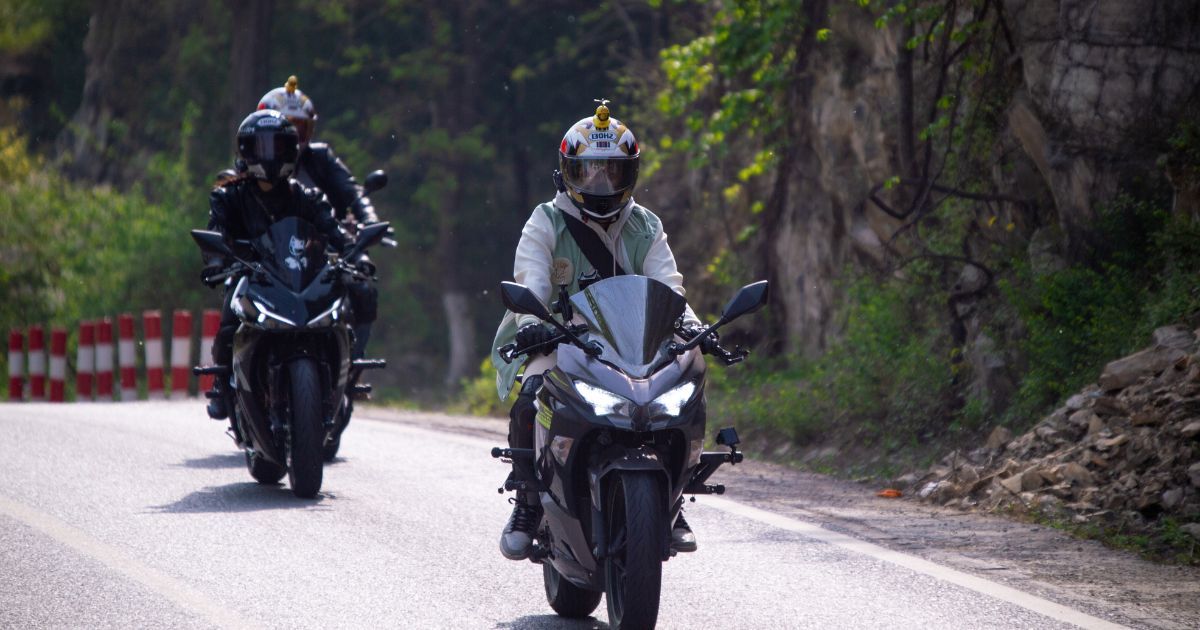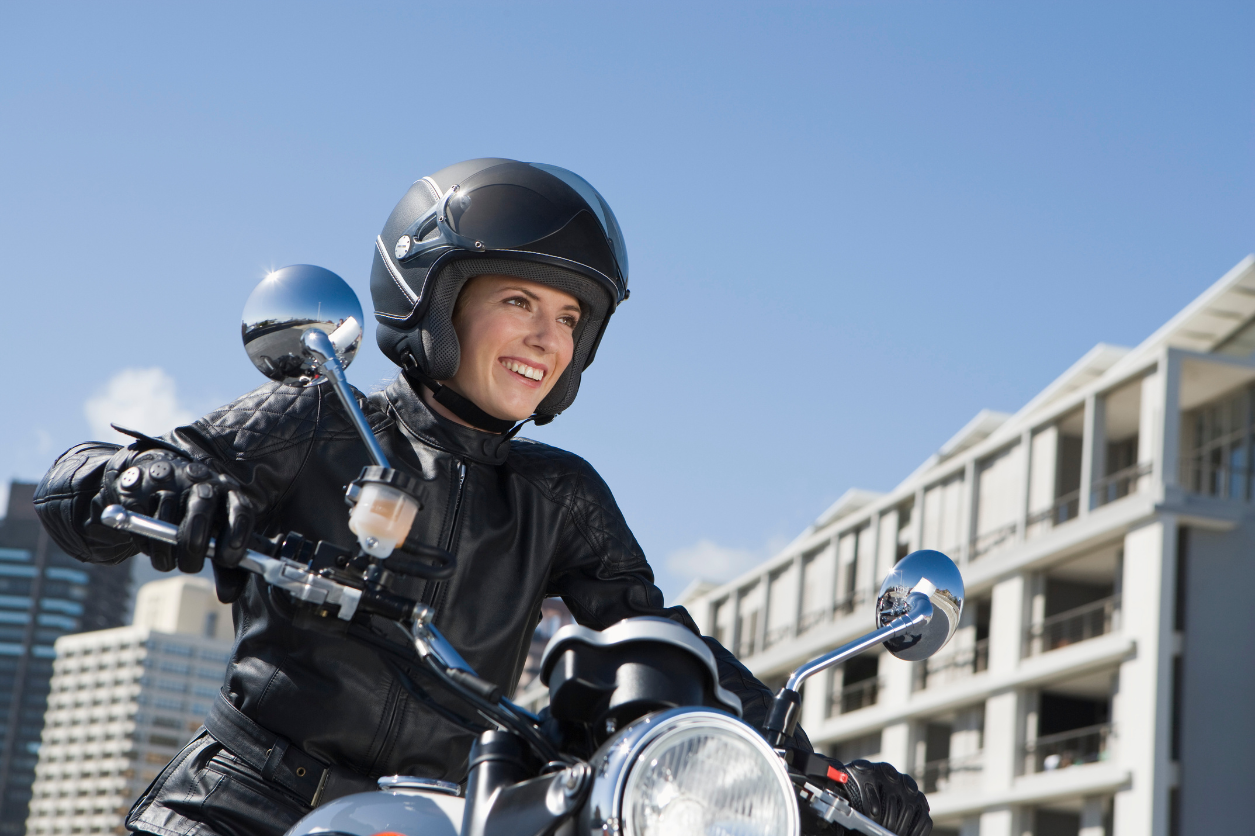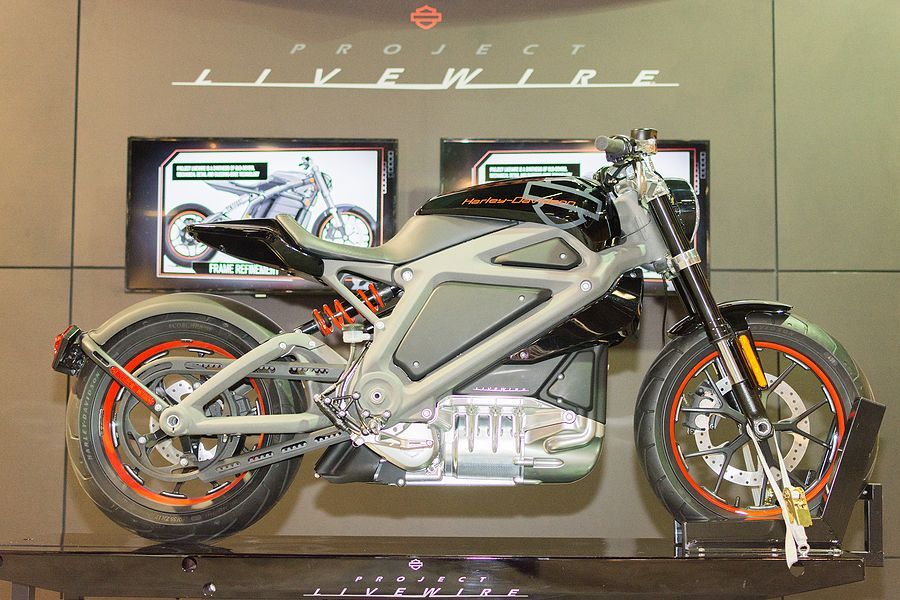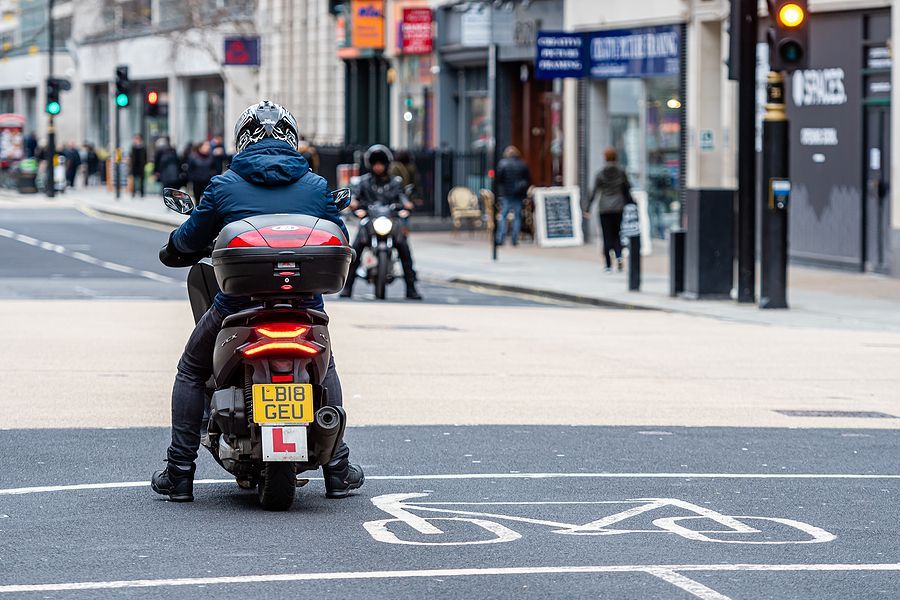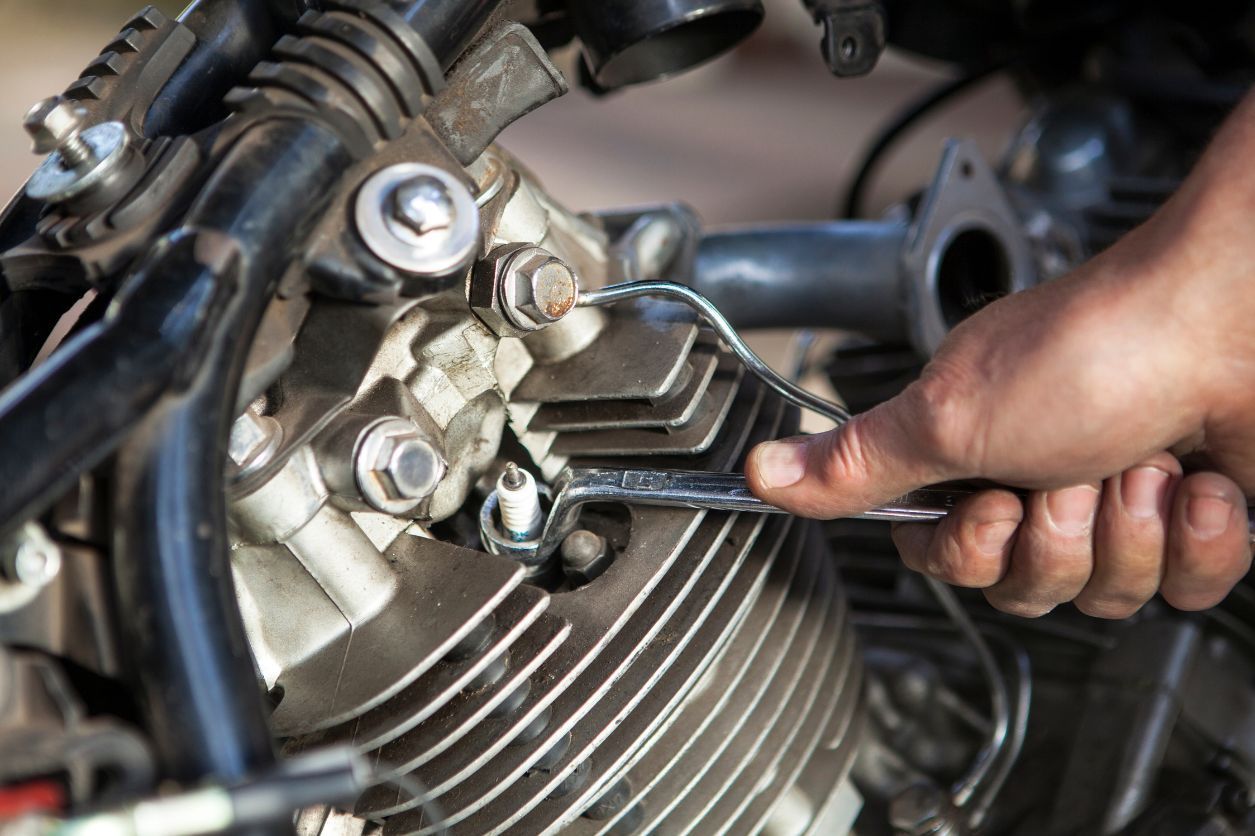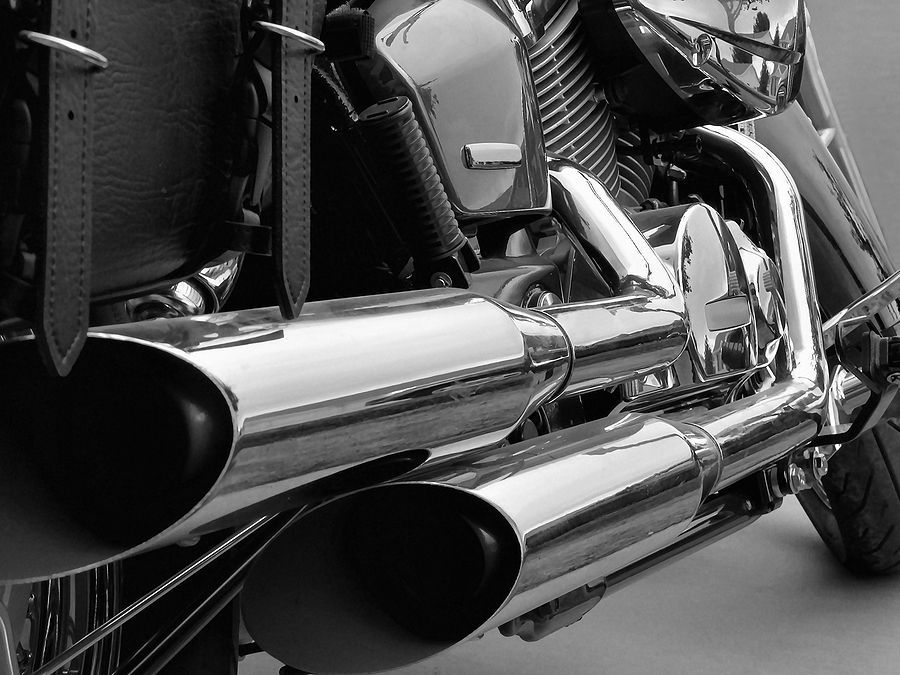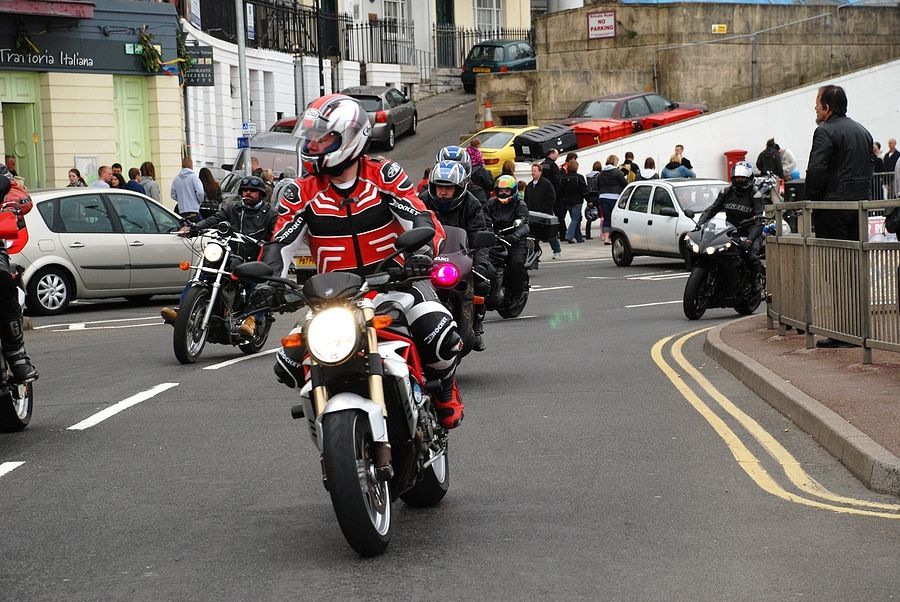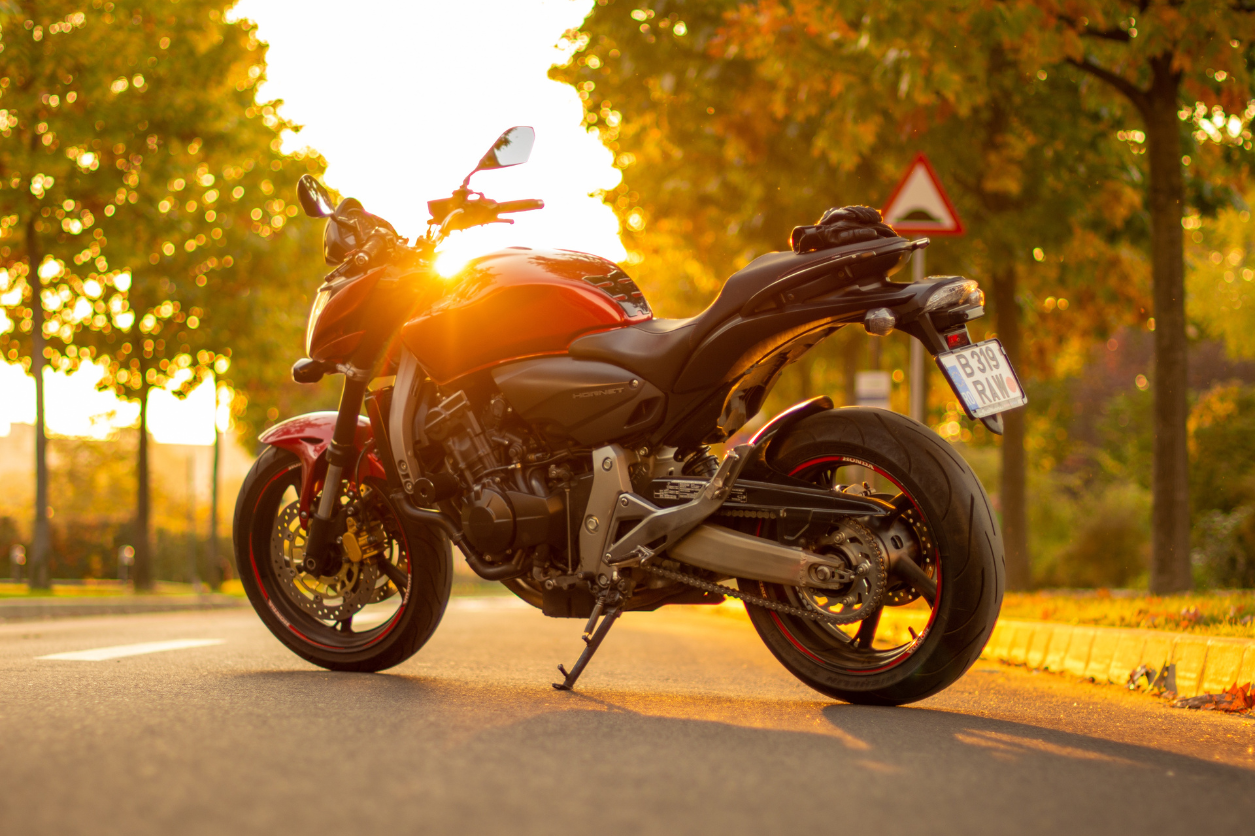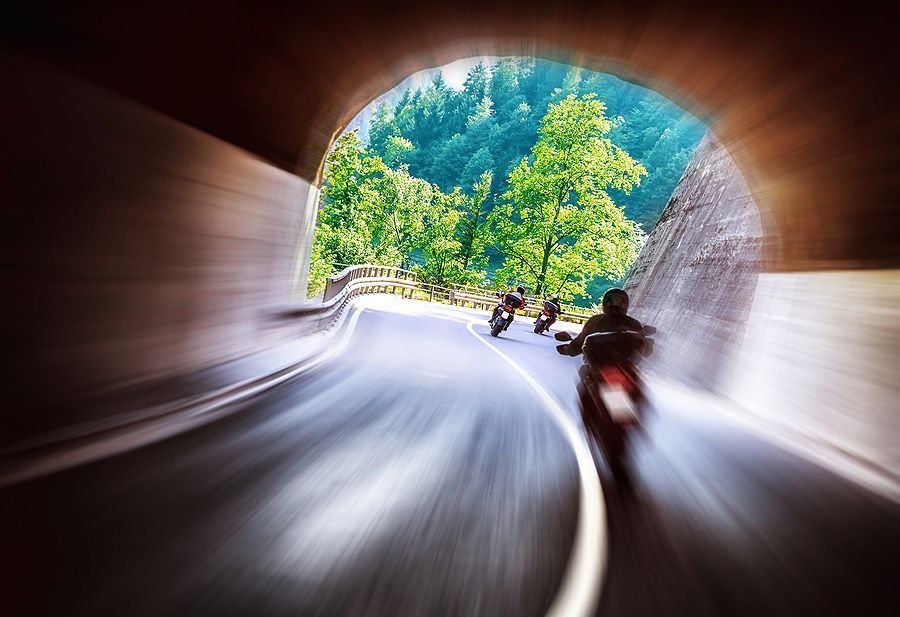What Motorbike Gear To Wear To Keep Cool This Summer
The summer is a great time to head out on the road after finishing your motorcycle training, but it can be hard to enjoy the blue skies and beautiful countryside when you are sweltering in your leathers.
That is why it is essential to invest in appropriate summer gear so you can make the most of motorcycling during fine weather spells, when the ride is most enjoyable.
Firstly, swap your thick, heavy leather jackets for mesh cover-ups, as these are breathable while having solid material patches in areas where impact would be worst in an accident, such as shoulders, upper back and the outside of arms.
Non-key areas, such as the inside of the arms, have a mesh material instead, allowing air to circulate and, therefore, is much cooler.
It is also a good idea to get flip-front helmets, as these enable you to have some much-needed ventilation when stepping off the bike, as well as a good level of protection when riding. While open-face helmets also allow for ventilation, they leave the face exposed, putting it at risk of injury in an accident.
When it comes to trousers, you could wear riding jeans instead of leathers, as these won’t feel so stifling on a hot summer’s day. Make sure they have knee and hip armour, protecting these areas in case you come off your bike, and are also comfortable to sit down in for a long period of time.
For boots, Motorcycle News recommends Former Hyper Dry, which are waterproof, comfortable, and look good.
Ben Clarke, who used them for two months and covered 1,000 miles in them, said: “They’re ideal for bumbling around on a summer’s day or nipping out to the shops and you can wear them off the bike without clomping and squeaking around and drawing attention to yourself.”
These lightweight boots are also much cooler than heavier biker boots, which is ideal for the warmer months.
